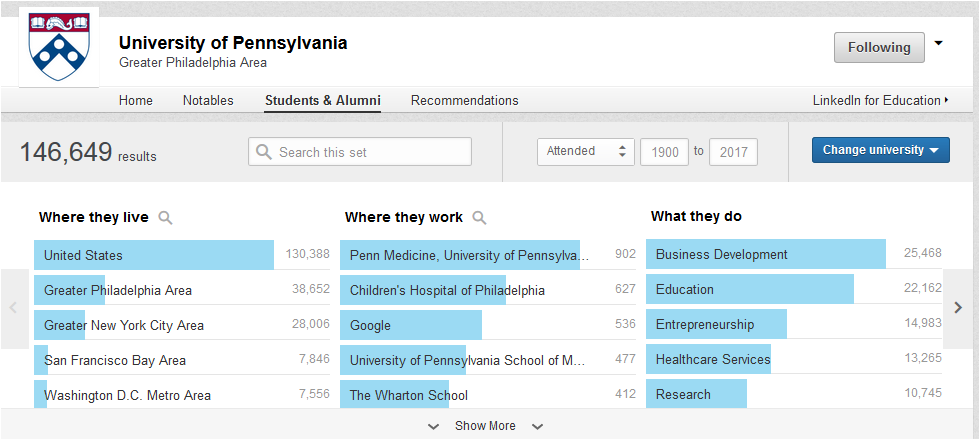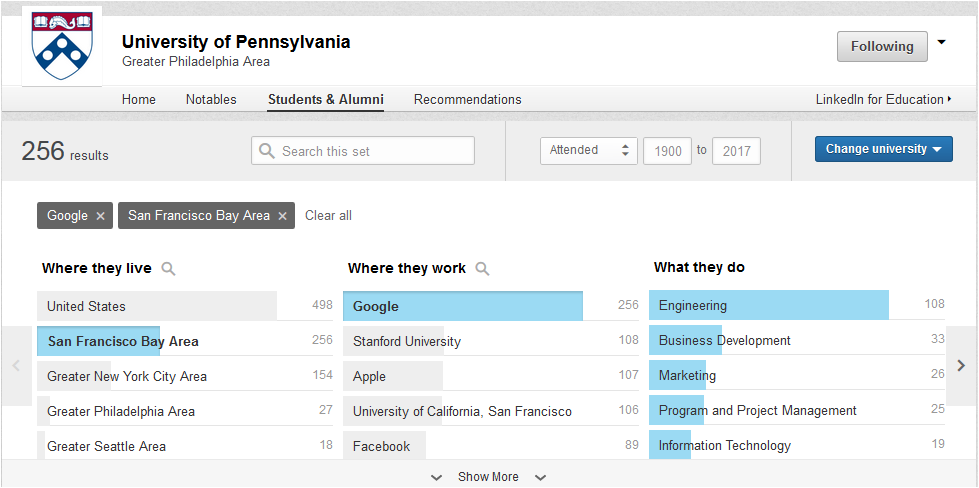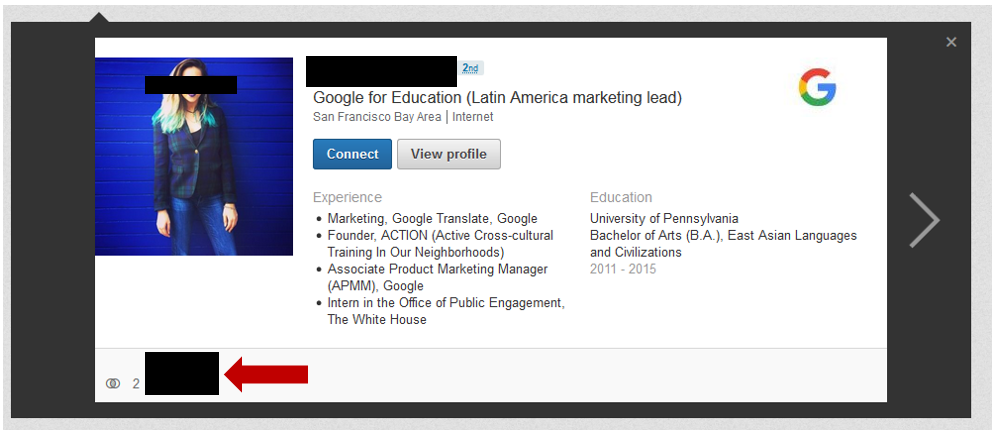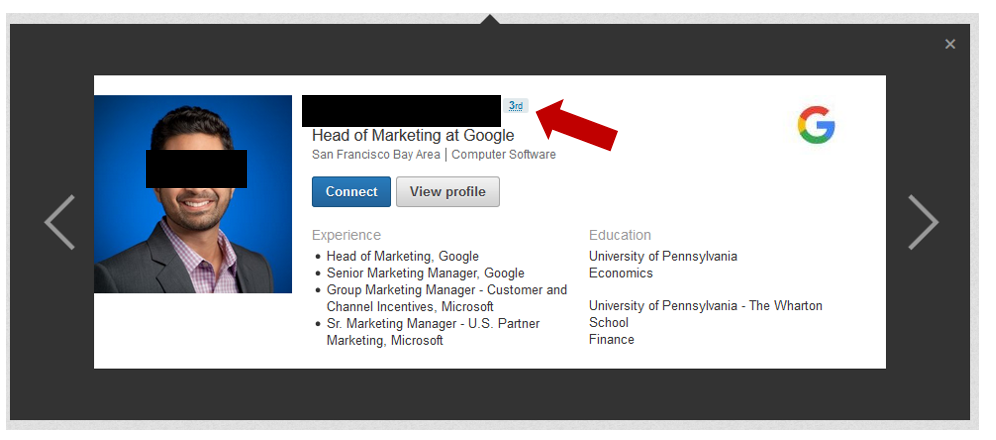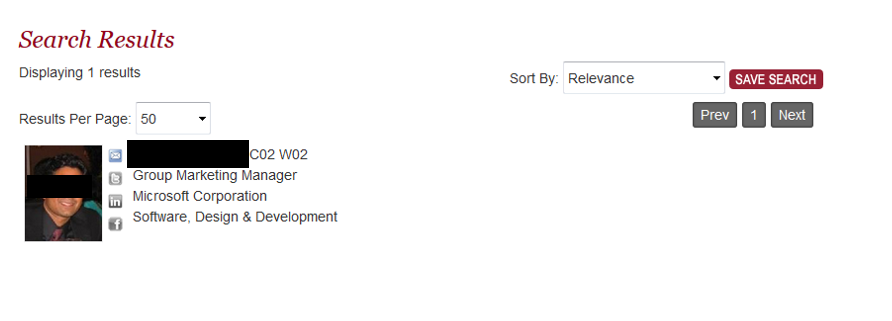By Dr. Joseph Barber
The Carpe Careers blog on the Inside Higher Ed website is written by PhD/postdoc career advisors from institutions across North America. The bite-sized advice offered is rich with steps you can take to make the most of your professional and career development. Here are just some highlights over the last few months:
- Needed: Flexible Mentors in Science: Adriana Bankston provides advice for how research scientists can positively influence the personal and professional development of the trainees who work in their labs.
- Immerse Yourself with Intention: Short, intense interactions with organizations where you might want to work can provide career insights, but how do you make the most of those experiences? Laura N. Schram shares four best practices.
- Using Assessments for Career “Fit”: Stephanie K. Eberle outlines the misconceptions about assessments in career counseling and advises how to use them most effectively.
- Your Ph.D. Experience Is Great Work Experience — Part 2: Attending to the impression you make in graduate school is a great investment in your long-term career, argues Briana Mohan.
- Your Ph.D. Experience Is Great Work Experience — Part I: Contrary to popular and judgmental opinion, your doctoral experience is some of the best real-world working experience you can get, writes Briana Mohan.
- Using Job Ads for Career Exploration: Reviewing advertisements of all sorts can help you identify appealing job types and sectors that you may never even have heard of, advises Derek Attig.
- Seeking Grants: More than Money: Pursuing funding support as a graduate student or postdoc can help your career — and in more ways than one, writes Victoria McGovern.
- The Menagerie of Potential Employers: It’s important to realize that employers see the world differently than you do and to understand their specific emotional states, advises Joseph Barber.
- Questions to Ask Before Choosing a Mentor: Pallavi Eswara raises the most important ones — and also provides some answers.
- Perfecting Your Panel Interview Game: Job interviews with groups of people are quite different than one-on-ones with individuals, and you never quite know what will happen. Saundra Loffredo gives some helpful advice.
- Help Is Right at Hand: Never again after graduate school will you have access to so many free, high-quality career development services, writes Melissa Dalgleish, who advises how to make the most of what your campus offers.
- Building Your Personal Brand: Just as corporations try to establish a memorable brand, Ph.D. students and postdocs seeking new opportunities should work to create a lasting impression, writes Gaia Vasiliver-Shamis.
- Mastering the Art of Presenting: Being able to give an effective presentation is essential to your career success, writes Christine Kelly, who provides six pointers on how to do so.
- Your Job Is Not You: How can you shift away from mind-sets that equate identity with academic work? And in doing so, can you relieve anxiety about exploring unfamiliar career pathways? Sarah Peterson provides some answers.
- Why Career Self-Assessments Matter: Determining what your skills are, what you enjoy doing and what is important to you is fundamental to career development, writes Natalie Lundsteen.
Posts are published every Monday on the Carpe Careers blog, and so make the most of these career perspectives relevant to your career development, exploration, and job applications.


